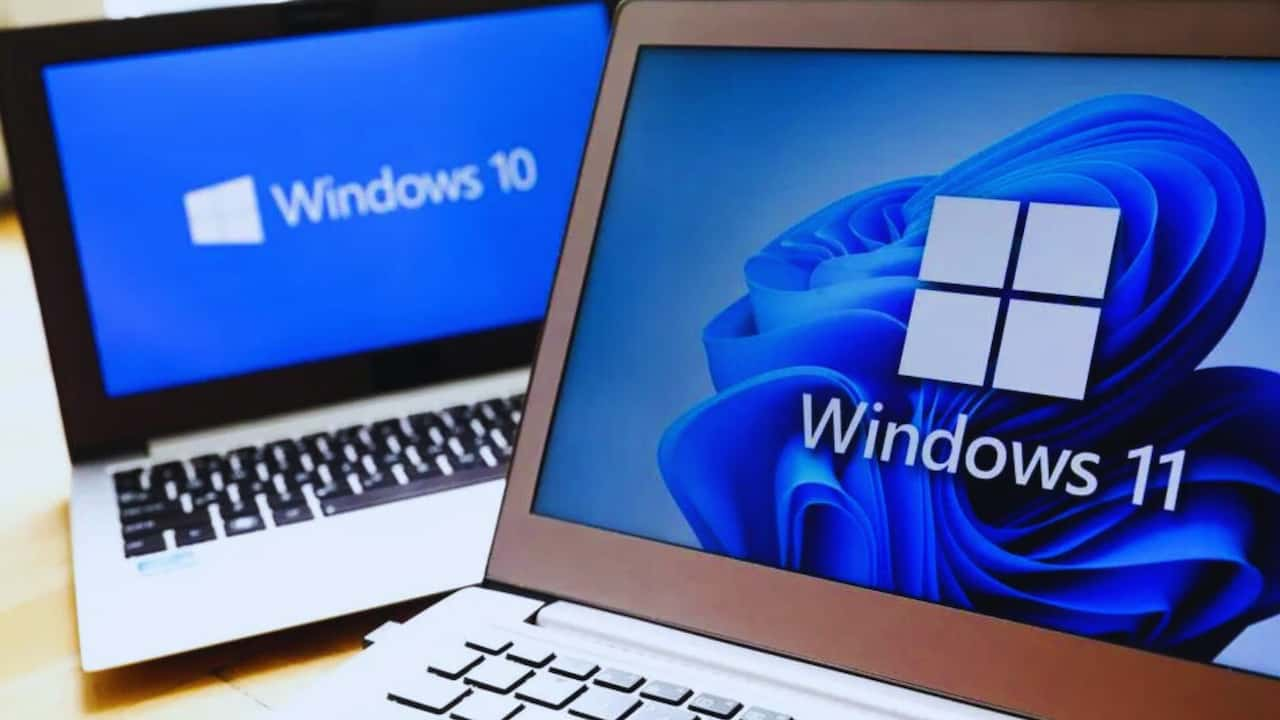URGENT: Multiple Zero-Day Threats Force Emergency Windows Update—What Users Need to Know Now
Microsoft has just confirmed a serious security crisis affecting millions of Windows users worldwide. This week, the tech giant revealed four new zero-day vulnerabilities, two of which hackers are already actively exploiting.
The Big Picture
Microsoft’s November 2024 Patch Tuesday has unveiled more than 90 security issues, but the most pressing concerns are the four zero-day vulnerabilities. What makes this situation particularly alarming is that hackers are already taking advantage of two of these security holes.
The Most Dangerous Threats
Two vulnerabilities stand out as particularly severe, scoring an almost perfect 9.8 on the impact severity scale:
- CVE-2024-43498: This flaw in .NET allows hackers to attack web apps without needing any login credentials.
- CVE-2024-43639: A serious Windows Kerberos weakness that could let attackers run harmful code
Active Attacks in Progress
Of special concern are two zero-days currently under attack:
- CVE-2024-43451: This vulnerability exposes password information through a process known as NTLM hash disclosure. In simple terms, it’s like giving thieves a copy of your house key. Even worse, Ukrainian organizations have already fallen victim to Russian hackers exploiting this very flaw.
- CVE-2024-49039: This bug lets attackers gain more control over Windows systems through the Task Scheduler.
Real-World Impact
The situation is particularly serious in Ukraine, where security researchers have spotted Russian hackers using these flaws in actual attacks. They’re using clever tricks like:
- Sending fake emails with harmful links
- Taking over government websites
- Installing spy software called SparkRAT
What users need to do right now
- Update Immediately: Don’t wait—install the latest Windows updates right away.
- Focus on Priority Systems: If you’re managing multiple computers, start with Windows operating systems.
- Check Exchange Servers: Organizations using Microsoft Exchange Server should update these systems urgently.
Why This Matters
This isn’t just another routine update. With confirmed attacks already happening and the potential for widespread damage, the risk is real and immediate. What makes these vulnerabilities especially dangerous is that some don’t even need much user interaction—simply right-clicking a file could be enough to compromise your system.
Expert Opinions
Chris Goettl, VP of security product management at Ivanti, emphasizes, “The Microsoft Windows OS updates should be your top priority this month as they resolve both known and exploited vulnerabilities.”
While some attacks require user action, such as opening a harmful file, Ryan Braunstein from Automox adds that simple everyday actions can trigger others.
Looking Ahead
This situation shows how quickly cyber threats evolve. Update your Windows system for your digital safety, as state-backed hackers are already exploiting these flaws and more attacks are likely to follow.
Remember: In today’s digital world, postponing updates isn’t just risky—it’s like leaving your front door wide open for cybercriminals. Take action now to protect your digital security.
